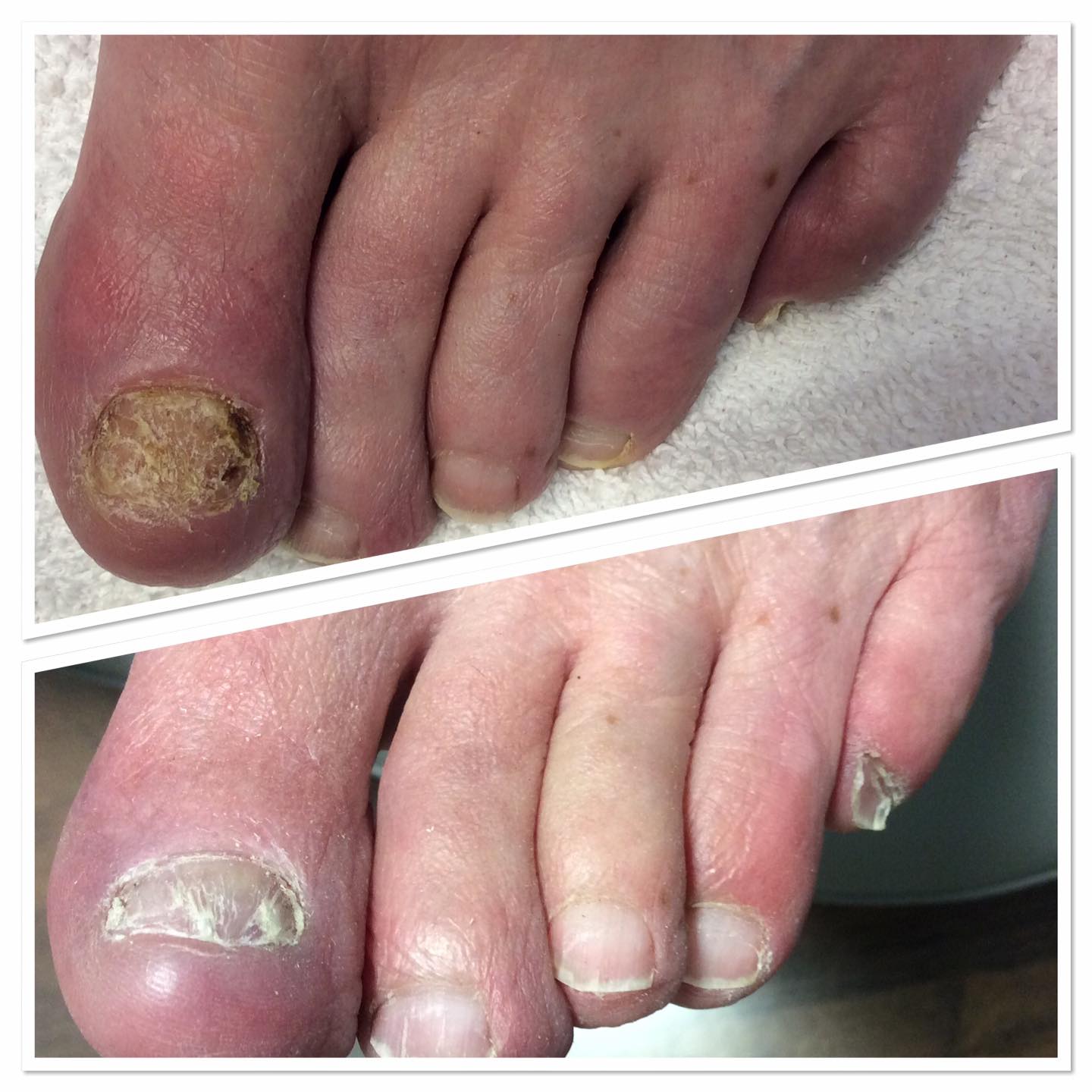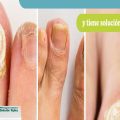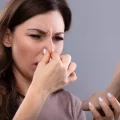Toenail fungus may seem like a minor issue, but if you’re one of the millions who’ve experienced it, you know it’s more than just a cosmetic concern. Not only can it be unsightly, but left untreated, it can also lead to more serious complications. With that said, let’s dive into the world of toenail fungus: its causes, symptoms, and care.
What is Toenail Fungus?
Toenail fungus, scientifically known as onychomycosis, is a common condition where fungi invade the toenails. It often starts as a yellow or white spot under the tip of your toenail. Over time, it can cause your nail to discolor, thicken, and even crumble at the edge.
What Causes Toenail Fungus?
Toenail fungus, also known as onychomycosis, can develop due to various factors:
- Environmental Conditions: Fungi thrive in warm and moist environments, making toenails susceptible to infection, especially when closed shoes are worn for extended periods, particularly in hot and humid weather. The warm, damp conditions inside shoes create an ideal breeding ground for fungal growth.
- Exposure in Public Places: Walking barefoot in communal areas such as swimming pools, gyms, locker rooms, and shower rooms can expose your feet to fungal spores. These spores can attach to your toenails and skin, potentially leading to an infection if proper foot hygiene is not maintained.
- Underlying Health Conditions: Individuals with weakened immune systems, like those with HIV, or those with conditions such as diabetes, are more susceptible to toenail fungus. The compromised immune response and potential circulation problems associated with these conditions can make it harder for the body to fend off infections, including fungal ones.
- Minor Injuries: Even a minor injury to the toenail, such as a small cut or trauma, can create an entry point for fungi. Once the fungi gain access, they can start to grow and spread, causing an infection. This is why it’s crucial to take care of your toenails and promptly treat any injuries to prevent fungal ingress.
Symptoms to Watch For
- Discoloration of the Nail: Toenail fungus often causes the affected nail to become discolored, with shades of yellow, brown, or white being common. The color change may be gradual.
- Thickened Nails: Infected toenails tend to thicken and become harder than usual.
- Fragile or Crumbling Nails: The affected nails can become brittle, crumble easily, or develop small pits or holes.
- Distorted Nail Shape: The fungus can alter the nail’s shape, causing it to become misshapen or curved.
- Foul Odor: A strong, unpleasant odor may emanate from the infected toenail, particularly if the infection has become severe.
How to Prevent and Care for Toenail Fungus
- Maintain Foot Hygiene: Keep your feet clean and dry, paying attention to thorough drying, especially between the toes after showers or exposure to moisture.
- Choose Breathable Footwear: Opt for shoes made from breathable materials like leather or canvas, as they allow air circulation and reduce the risk of moisture buildup.
- Use Antifungal Products: Consider using antifungal sprays or powders on your feet and inside your shoes regularly, particularly if you are in public places where you might be exposed to fungal spores.
- Trim Nails Properly: Trim your toenails straight across and file the edges to keep them smooth. Avoid cutting them too short, as this can lead to minor injuries that might facilitate fungal entry.
- Avoid Going Barefoot in Public Places: Protect your feet in damp, communal areas such as swimming pools, locker rooms, and showers by wearing flip-flops or water shoes.
- Regularly Change Socks: Use moisture-wicking socks, and change them throughout the day if your feet tend to sweat.
One noteworthy product that’s been gathering attention in the fight against toenail fungus is the Fungus Eliminator by PureHealth Research. Touted for its natural ingredients like turmeric and a unique blend of fungal-fighting probiotics, the Fungus Eliminator aims to tackle the root causes of fungal infections from the inside out. Many users have praised its effectiveness, and given that it’s formulated by a reputable company, it’s worth considering if you’re exploring treatment options.
When to See a Doctor
If you’ve tried multiple remedies without success or if the infection seems to be spreading, it’s crucial to seek medical advice. A healthcare professional can recommend prescription treatments or, in severe cases, may suggest removing the infected toenail.
Final Thoughts
While toenail fungus can be an unsightly and sometimes painful condition, understanding its causes and being proactive about prevention can significantly reduce your risk. If you do notice symptoms, early intervention and the use of products like the Fungus Eliminator from PureHealth Research can go a long way in ensuring your toes remain healthy and fungus-free.
Remember, your feet carry you every day; give them the care they deserve.





